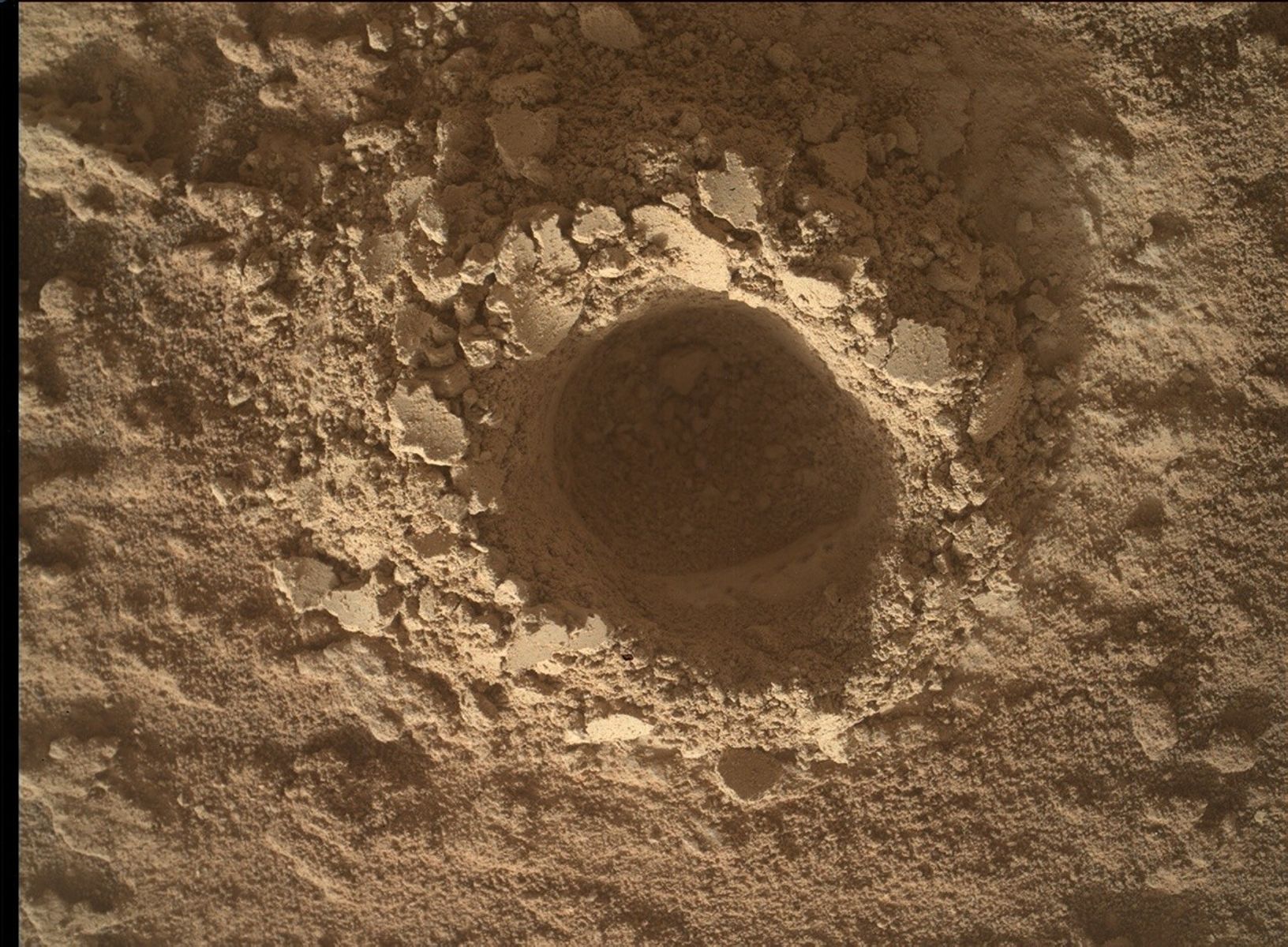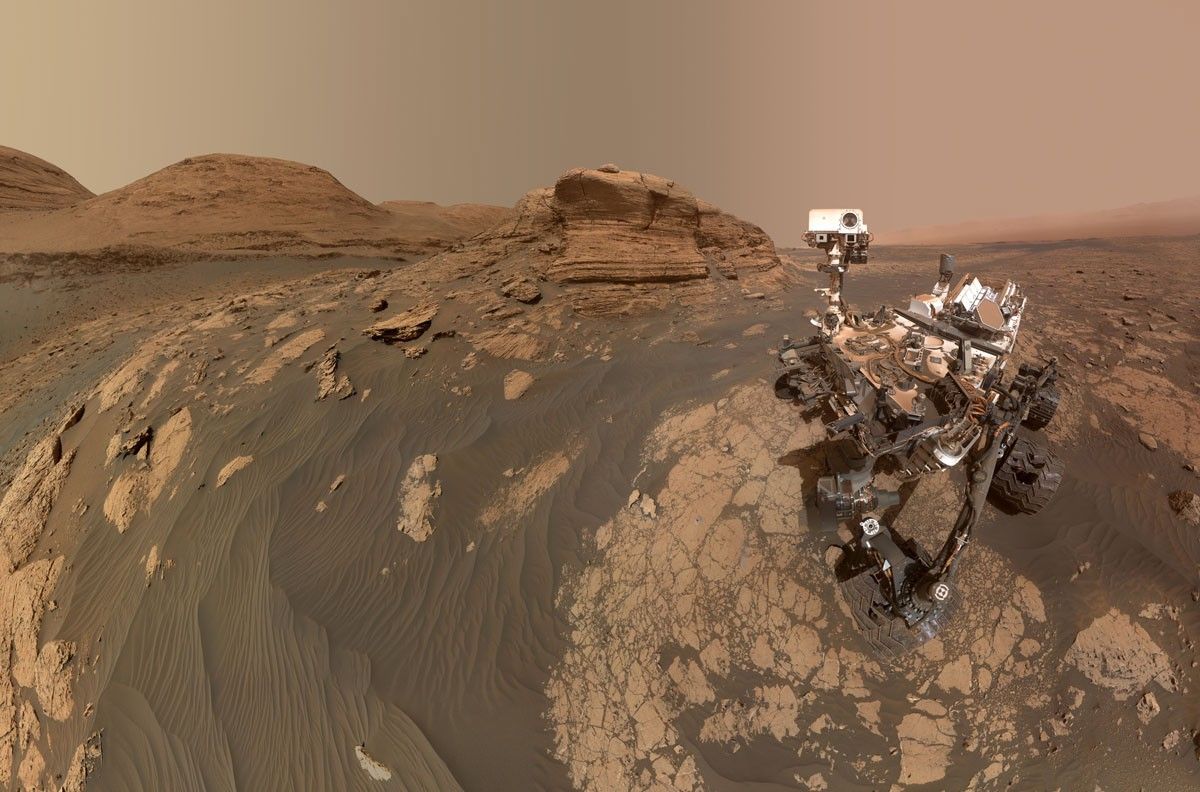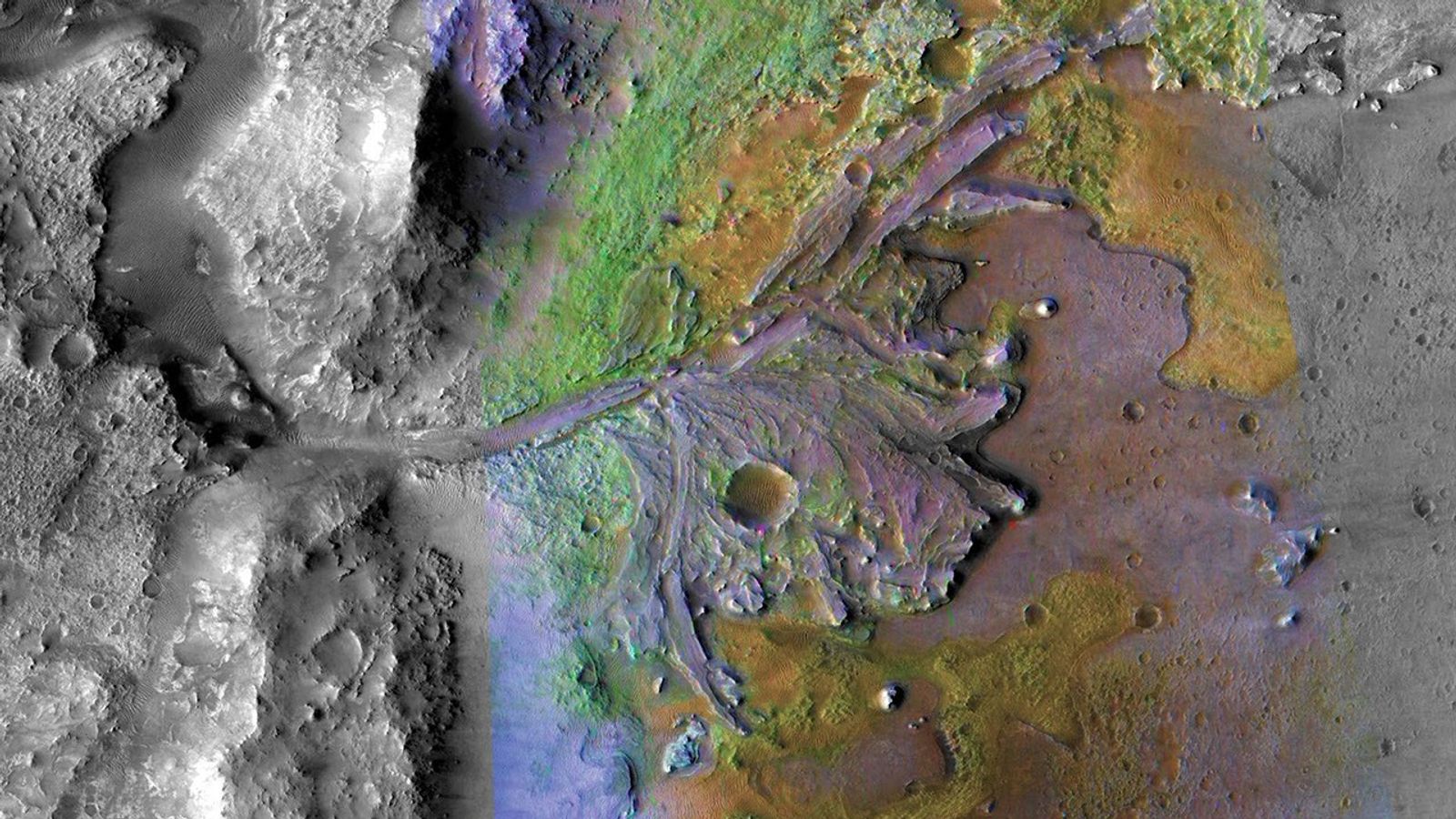The checkout of the MSL arm continues to go well: The Alpha Particle X-ray
Spectrometer returned its first data, of its calibration target on the side
of the rover. I was busy last night planning a bunch of MAHLI images to be
taken as part of the verification that the arm can be accurately placed
over the inlets for Chemin and SAM, the mineralogy and organic chemistry
instruments. I also helped plan Mastcam "sky flats," images of the sky to
be used in measuring the variations in response of the camera detectors
across their field of view. Taking pictures of the sky is one of the
techniques used by astronomers to "flat field" their instruments, typically
during evening twilight before a night of observing through a telescope.
It's a bit more difficult to use this technique for the MSL cameras, as
their fields of view are much larger than typical observatory instruments,
and more of the variations in brightness across the sky are visible. To
allow the shape of the sky brightness variations to be measured, we planned
a small mosaic of images around a central image that will be corrected for
these variations. Right after these were approved for the Sol 36 plan, I
remembered that the Navcams can be calibrated using the Mastcam
observations, so I asked if they could be included at the last minute.
Fortunately, the leaders of the planning team agreed to add them!
"Mars time" continues to shift relative to PDT, so by the time I left JPL
it was daylight, and I got stuck in morning rush hour traffic on the way to
my apartment in Pasadena. Fortunately, I won't have this problem for long,
as the MSL work day will keep shifting later. Tonight my shift starts just
before midnight and ends at 10:15 AM PDT. By then the traffic should have
cleared somewhat...
Written by Ken Herkenhoff, Planetary Geologist at USGS Astrogeology Science Center































